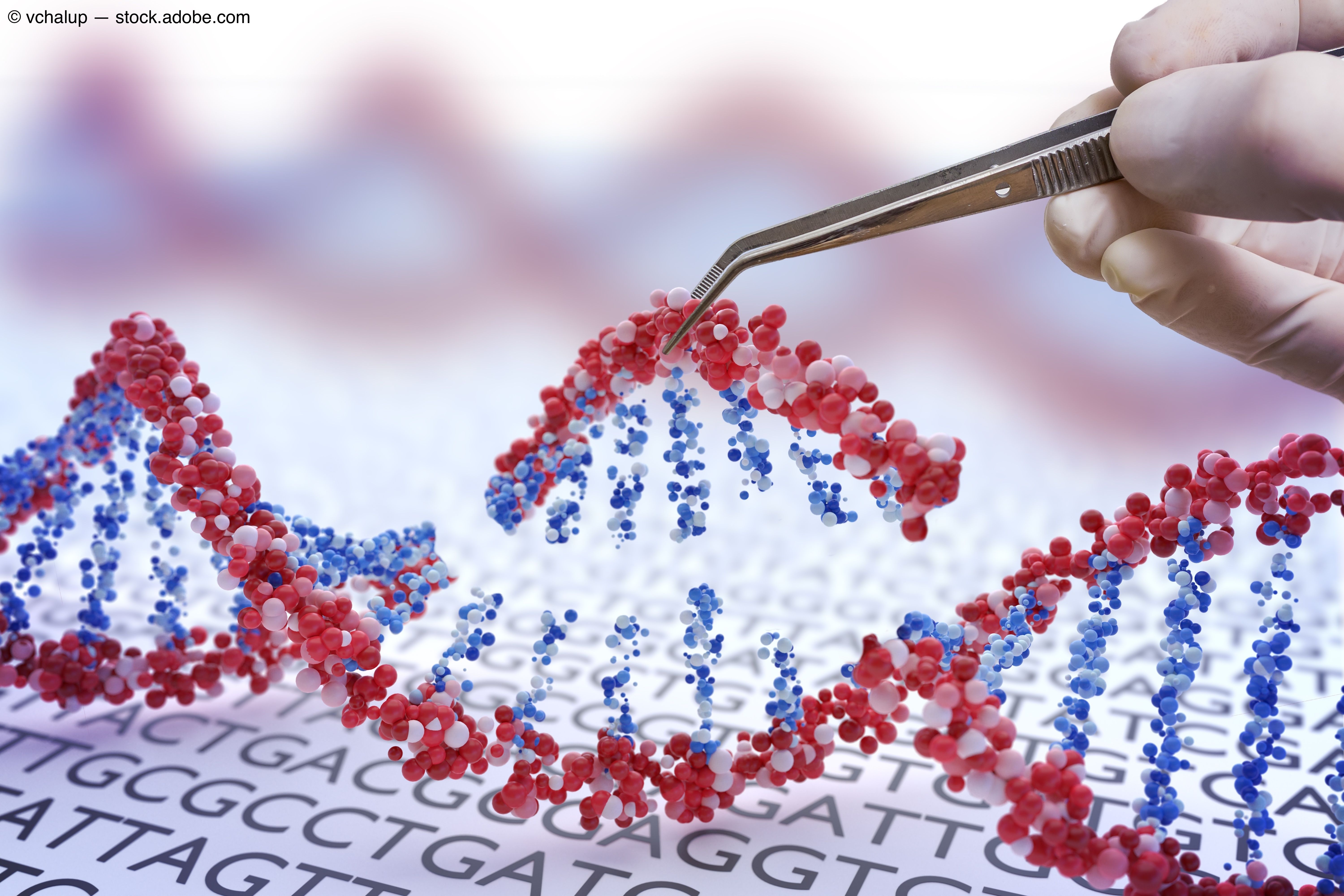Article
Warning signs of sight loss could be identified before vision deteriorates
Author(s):
Researchers have found that study participants with healthy eyes and no history of AMD had thinner retinas if they carried the genes that put them at risk.

According to a team of researchers, the signs of age related macular degeneration can set in earlier than previously thought – even before patients begin to lose their sight. The findings open the door for research into earlier treatment that could help slow down the onset of the condition the most common cause of sight loss in the western world.
A research team led by the University of Southampton with colleagues at King’s College London and Moorfields Eye Hospital looked at the records of over 30,000 patients who had retinal scans and genetic data stored in the UK Biobank. There are 34 known genetic risk factors for age related macular degeneration (AMD) and the scientists were able to compare the retinal measurements of those with the risk factors to those without.
According to researchers, the findings, published in the journal Scientific Reports,1 showed that the participants with healthy eyes and no history of AMD had thinner retinas if they carried the genes that put them at risk.
Andrew Lotery, MD, FRCOphth, a professor of ophthalmology at the University of Southampton, who led the study, along with Pirro Hysi, MD, at King’s College London and Praveen Patel, MD, at Moorfields Eye Hospital, said, “At the moment most treatments for AMD only start when patients already have severe problems with their eyesight so it is really important that we understand more about what causes it. These results help us understand the very early stages of the disease, before it is clinically apparent. If we can intervene at an earlier stage, we are more likely to be able to preserve sight.”
Previous research has not fully explained which cells in the eye are affected by AMD first. Further examination of the retinal scans in biobank showed that the photoreceptors, which sense light in the eyes, were also thinner for patients with the genetic risk factors. The research team advise this gives them further understanding of the early stages and will help identify which cells should be targeted in further research.
While further trials will still be needed to identify treatment, being able to identify the signs of AMD earlier would allow individuals to make lifestyle changes that can put them at a higher risk of losing their vision earlier.
“Changing to a Mediterranean style diet, exercising more and stopping smoking can help prevent he progression of the disease,” Lotery added. “These findings can also help us refine participants in future clinical trials so we can include patients who are most at risk,” he added.
---
Reference
1 Andrew Lotery, MD, Rebecca A. Kaye, et al. Macular thickness varies with age‑related macular degeneration genetic risk variants in the UK Biobank cohort. Scientific Reports. December 1, 2021. dx.doi.org/10.1038/s41598-021-02631-2
Newsletter
Don’t miss out—get Ophthalmology Times updates on the latest clinical advancements and expert interviews, straight to your inbox.





